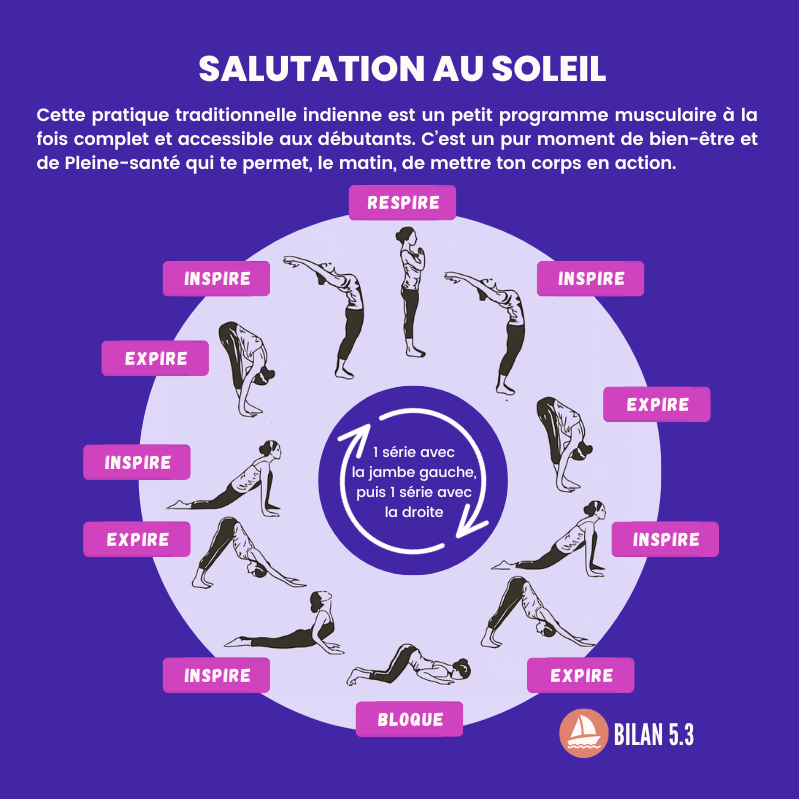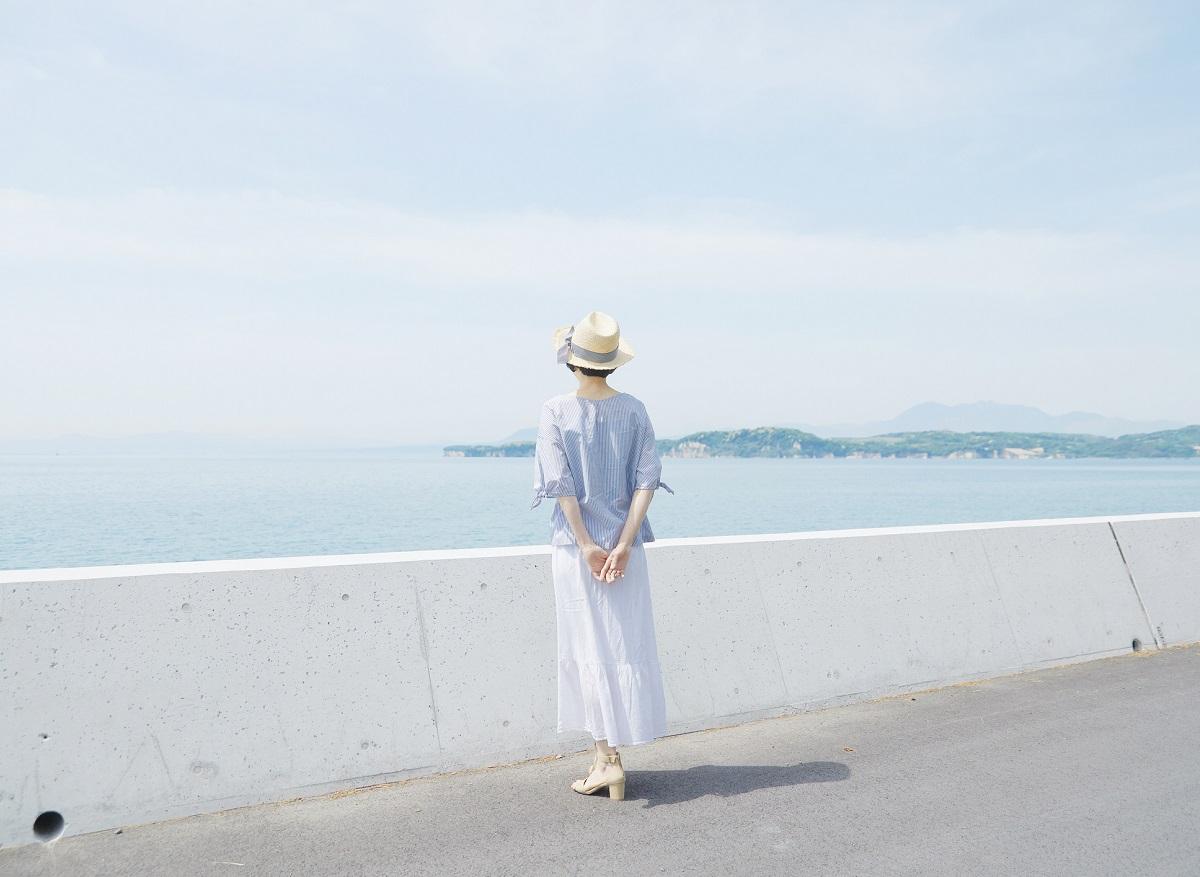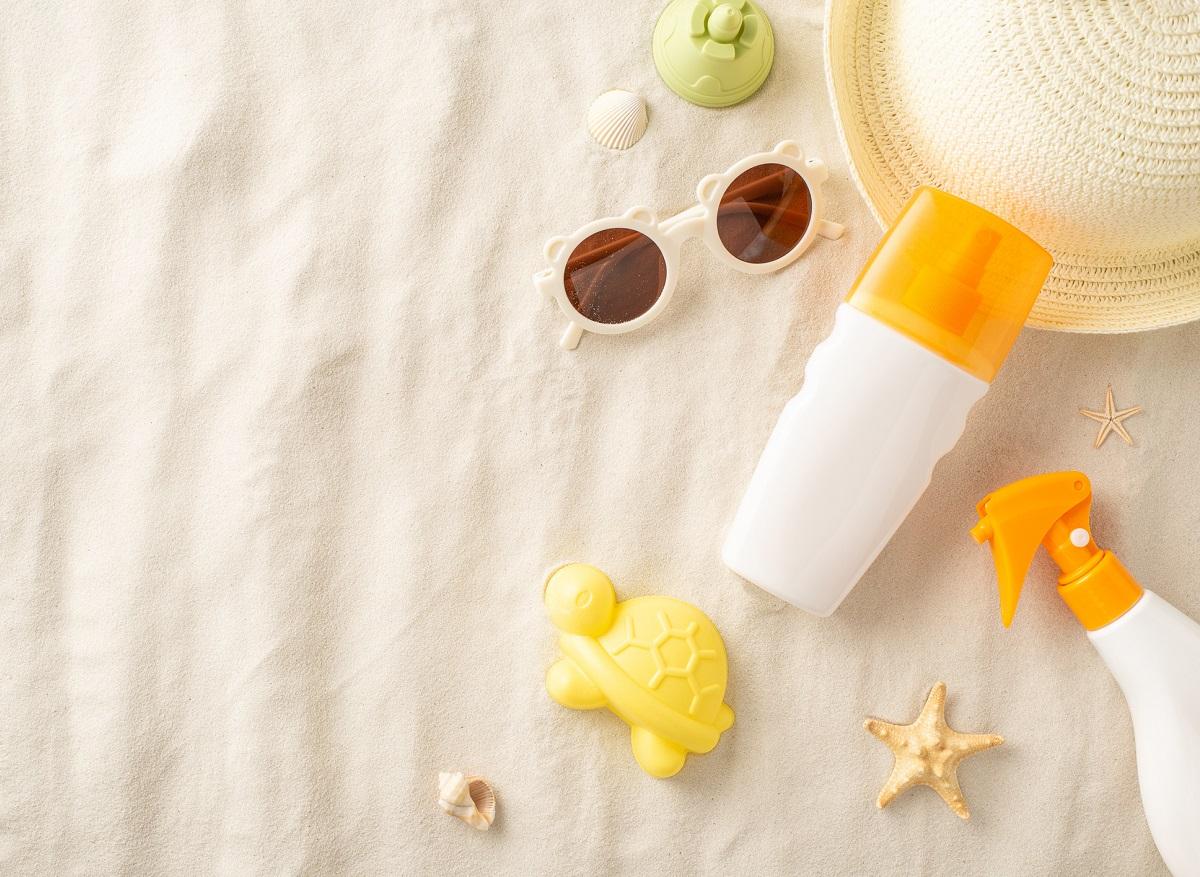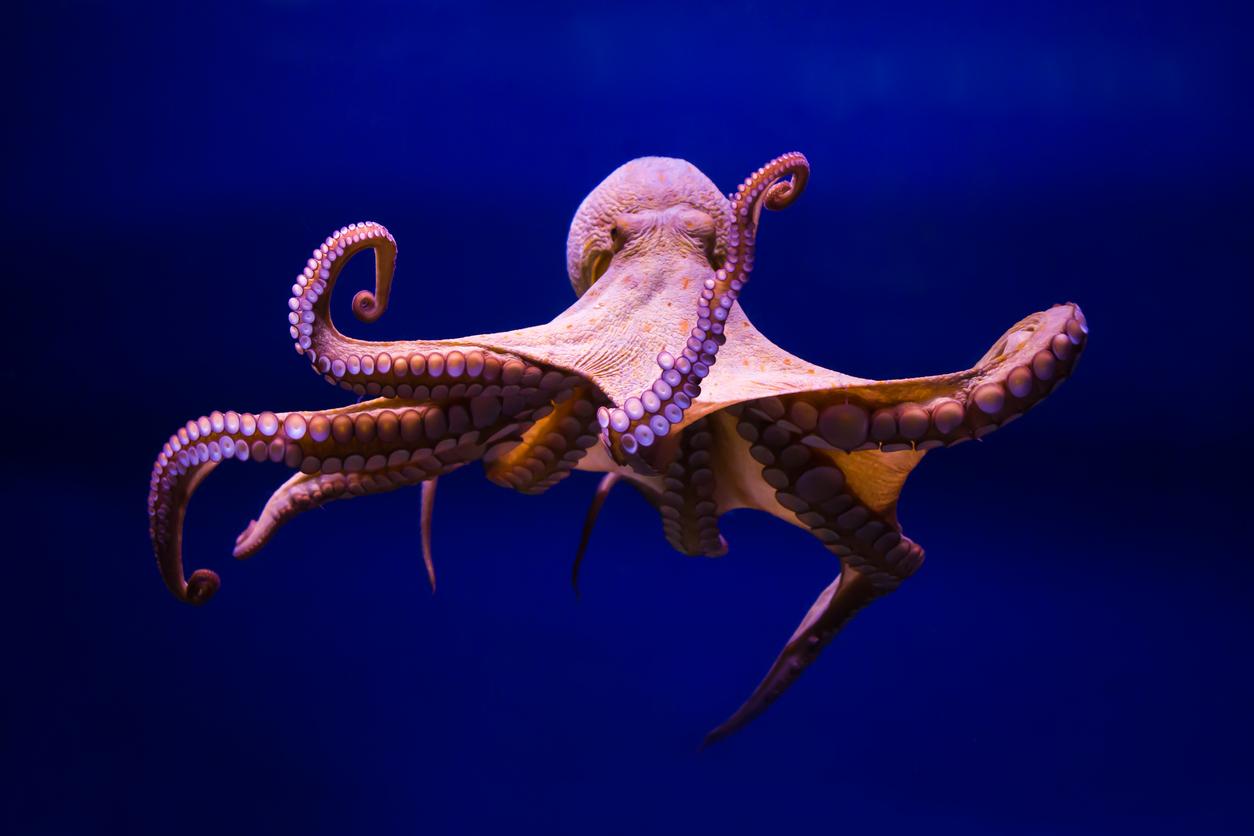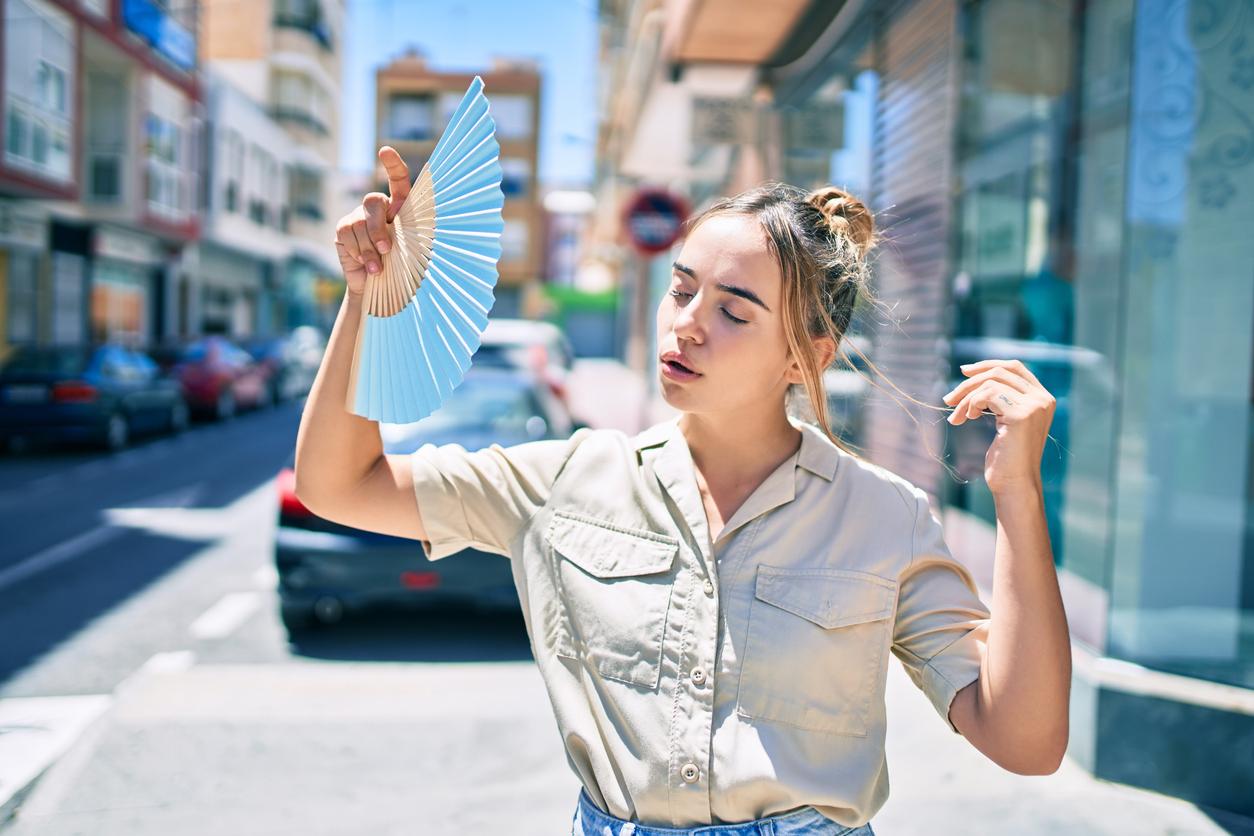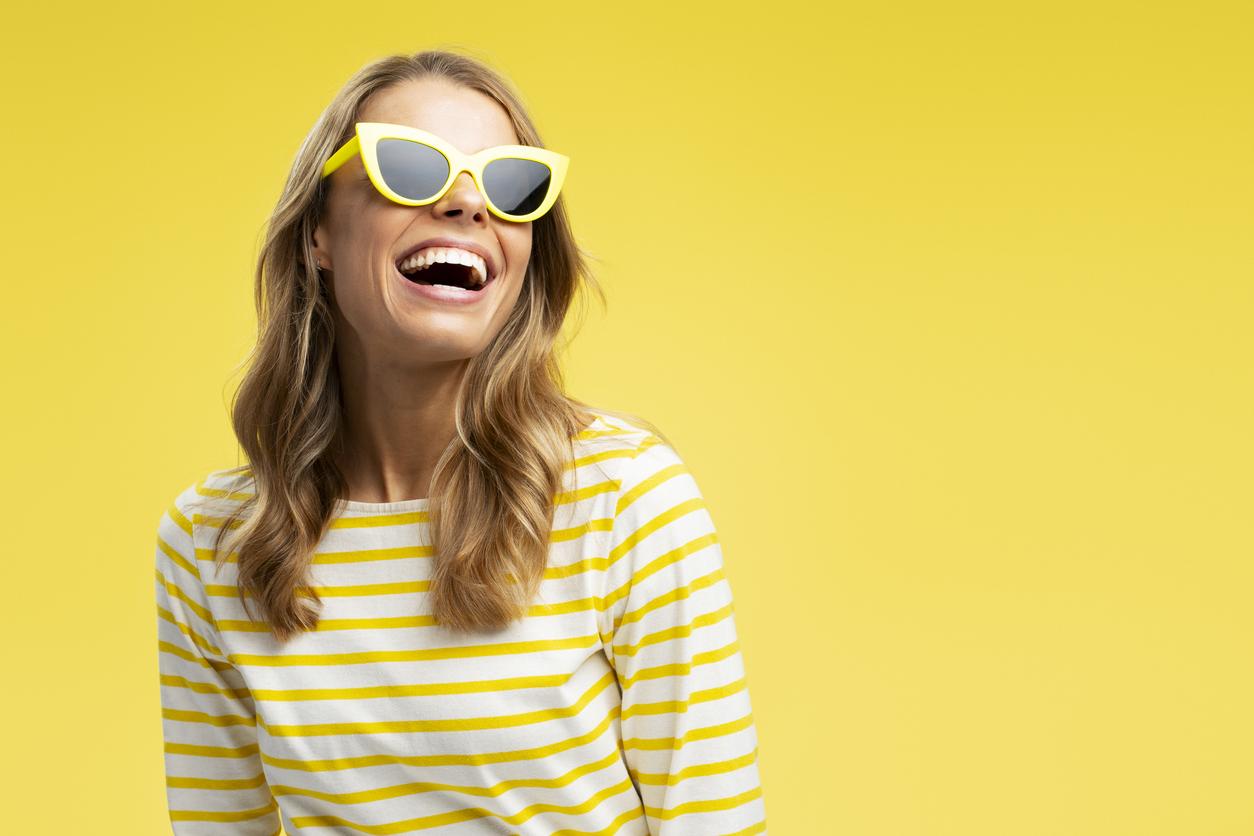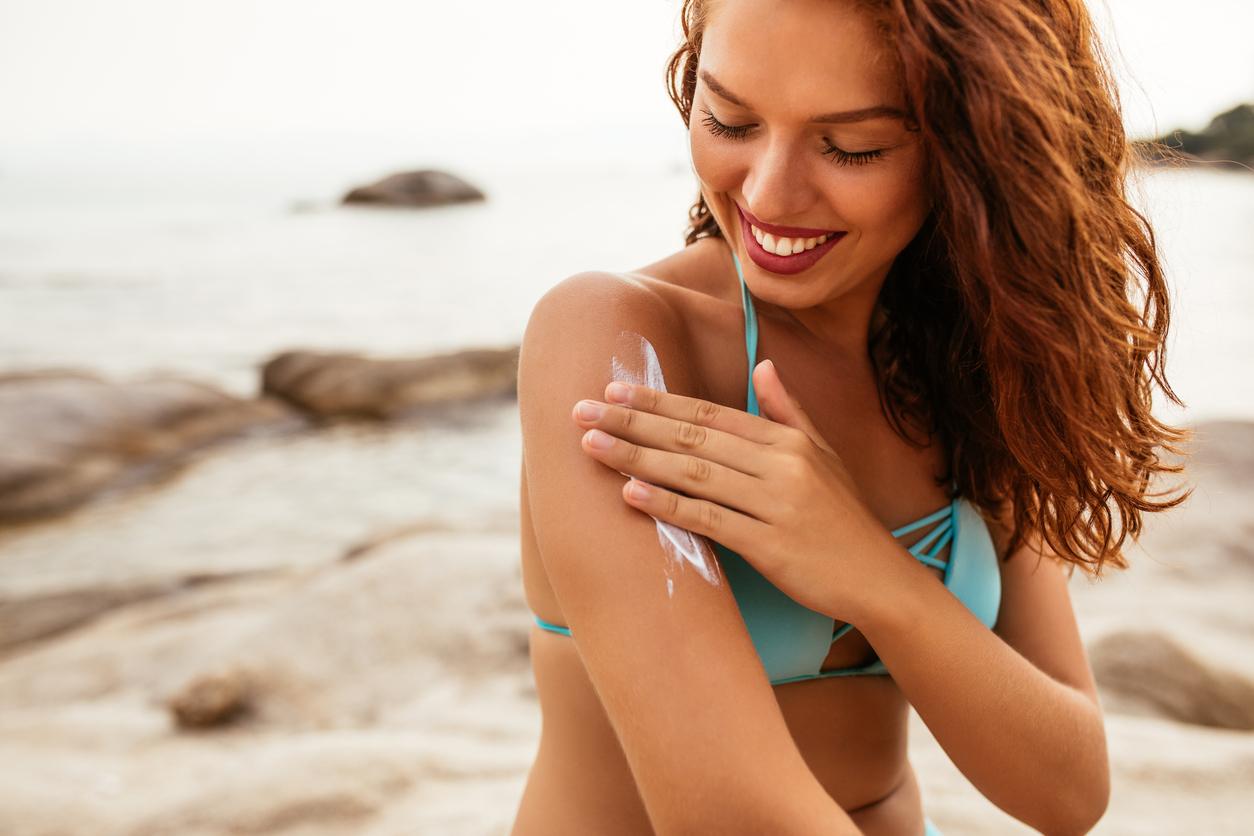
Keep your cool
Wonderful that summer. But no one wants burned skin, sunstroke or – worse – dehydration. That is why we refresh everyone’s memory with advice to get through hot days without complaints. And, for emergencies, first aid for heat suffering.
1. The bad side of UV
On a cool but bright day, the sun can be surprisingly strong. Clouds are also no guarantee against burning. The solar power or UV index is a measure of the amount of ultraviolet radiation (UV) in sunlight that reaches the earth. This depends, among other things, on the cloud cover and the amount of particulate matter. The higher the sun strength, the more likely to burn.
2. Sun power 15 at the equator
With sun power 3, depending on skin type, you run the risk after 25 to 35 minutes in the sun without protection. At sun power 5 this is already after 15 to 25 minutes. In our country, a sun strength of more than 7 occurs at most four times a year, but in areas closer to the equator and in the mountains it can be 15 or higher. Everyone is gradually aware of the danger of sunburn. It causes DNA damage in the skin and therefore increases the risk of skin cancer. Every year about 47,000 Dutch people hear that they have this form of cancer. “That number has more than tripled in the past ten years and that increase will continue for the time being,” said KWF spokeswoman Marsja Meijer.
The KNMI site contains the solar power forecast, both for the Netherlands and for the rest of Europe. The free KWF Zonkracht app for iPhone and Android provides sun advice based on a skin type test. This only works in the Netherlands.
3. Sick of the heat
Unfortunately, the sun can do more than damage the skin. As we age, the body has more trouble responding to temperature changes. This increases the risk of overheating or even heat stroke. Such heat stroke mainly arises during exertion. Those taking medicines for Parkinson’s disease, allergies or incontinence run a higher risk. These agents prevent sweating, which makes the user more likely to overheat. With a heat stroke, the body temperature is disrupted and can rise to above 42 degrees Celsius. Signs are: muscle pain, turning red or pale, sweating, nausea, dizziness and headache. Those who suffer from these kinds of symptoms would do well to immediately seek shade and have a drink. Loosen tight clothing and cool your head with wet cloths.
4. UV also has many benefits
UV-B radiation in particular causes sunburn, UV-A causes aging of the skin. Therefore, choose sunscreen with both a UV-B and a UV-A filter. If you have light skin or who have not been in the sun much, you can start with factor 50. “It is also wise to go outside every day without sunscreen. Your body produces vitamin D under the influence of UV light. Sunscreen prevents the production of this important vitamin. Vitamin D ensures strong bones and teeth, good resistance and protects against various types of cancer, such as colorectal cancer,” says KWF spokeswoman Marsja Meijer. It is good to spend 15 to 30 minutes unprotected in the sun every day. Especially for people over 50, because our skin does not make vitamin D as easily as we get older.
5. Bumps and Other Discomfort
With a sun allergy, exposure to sunlight causes itching, bumps, red blisters and swelling. A dermatologist can use a light test to determine whether it is a reaction to UVA or UVB radiation, or both. It is estimated that sun allergy affects 10 to 20 percent of the European population, more often in women. It usually starts between their 20s and 40s.
6. A UV lamp can help
The most common form of sun allergy is polymorphic light eruption (PLE), especially in fair-skinned people. It can help to let your skin get used to the sun slowly in the spring. This is also possible with light therapy, in which a UV-A lamp is used in combination with the drug psoralen (PUVA light therapy). If necessary, you can use anti-inflammatory or anti-malarial drugs. Antihistamines reduce itching.
A hypersensitive reaction can also be caused by skin care products, or contact with plants that contain phototoxic substances, such as hogweed and parsnip. Antibiotics, medicines for heart problems or antidepressants can also cause sun allergies. This does not mean that this medicine works less well, but it may be a reason to consult your doctor about other medicine use and to be extra careful with direct sunlight.
7. Fresh awakening
If you want to sleep as coolly as possible, keep windows and doors closed as much as possible on hot days during the day. Good sun protection, heavy curtains or a roller shutter ensure that the sun and the bedroom remain cool during the day. Only open windows and doors when the outside temperature decreases. And let warm air escape through the skylight or another high window in the house. Hanging a wet (bath) sheet in front of the open window in the evening provides extra cooling. A fan can also help. The effect of this is even greater with a bowl of ice cubes in front of it: the air then feels colder. Take a (lukewarm) shower just before going to bed refreshed. Airy pajamas can absorb perspiration and are therefore cooler than sleeping naked.
The air in an airplane is extremely dry. This is because the ice-cold outside air has to be heated to room temperature at a great height. In addition, the humidity drops to less than 10 percent, while in the Netherlands it is usually around 75 percent. That low humidity can leave you feeling sluggish and exhausted, and it hits you even harder when traveling to a hot and dry country. It is therefore good to drink extra water not only during, but also before and after the flight. Especially on a long flight. This also mitigates the effects of jet lag.
8. Drinking water helps…
We should drink 1.7 liters per day. However, people over 65, and certainly over 80, often have a less strong thirst stimulus. As a result, they do not notice that they drink too little. That is why dehydration occurs seven times more often among the over-85s than in the group between 65 and 74 years, the Nivel calculated.
9. …but sometimes in moderation
Those who become dehydrated will suffer from confusion, dizziness, reduced elasticity of the skin and a dry tongue. Dehydration increases the risk of infections and kidney stones and can also cause thrombosis. Those who suffer from cardiovascular diseases often use water pills to get rid of fluids and therefore run an extra risk of dehydration. Users of antidepressants often perspire more and therefore need to drink more. People with kidney problems and diabetes are also more likely to suffer from dehydration. However, patients with kidney problems or heart failure are often not allowed to drink without restriction; so they would do well to ask their doctor for advice in hot weather.
10. Beautiful under the sun
In heat, use little or no make-up, deodorant, skin oil or greasy cream. These products seal off the skin, allowing it to retain more heat. In addition, cosmetics can cause unpleasant skin reactions under the influence of UV radiation. This often happens with products containing citrus fruit, St. John’s wort and tea tree. Naturally pure products are therefore not necessarily better. Some substances in perfume can cause hypersensitivity reactions or pigmentation when exposed to sunlight. Therefore, opt for unscented cosmetics with a UV filter and opt for waterproof make-up, because of the risk of smudging.
11. Better lukewarm than ice cold
Cold drinks and ice cubes are counterproductive to heat. Although they cause the body temperature to drop, our internal thermostat then sends a signal to make it rise again. The result: we only get warmer. It is better to drink (lukewarm) warm herbal tea. As a result, the body temperature does become a bit higher, but our body responds to this by lowering the thermostat.
12. Fighting Bites
Nettles can uncomfortably disturb the pleasant coolness of the shade. The burning sensation they cause is easily remedied with a bruised plantain leaf, a plant often found near nettles. Rubbing the open stem of a dandelion over the stinging spot also helps, as does dabbing with vinegar or a cut raw potato. We are not safe in the water either; a jellyfish bite is so contracted. Rinsing with sea water works, rinsing with fresh water does not. To reduce the itching, you can then rub the skin with an insect bite remedy.
13. Healthy Salts
Our body cools down through perspiration. However, not only is fluid lost, but we also lose electrolytes (salts). These are minerals, such as sodium, potassium, calcium, magnesium and chlorine. Sodium in particular ensures that moisture is absorbed faster.
Replenishing electrolytes requires more than just drinking extra water. It is fine by eating, for example, watermelon, mango, strawberries, raspberries and blueberries. This fruit contains not only sugars and vitamins, but also many minerals, such as potassium, phosphorus, calcium, magnesium and iron. Vegetables also contain minerals. Cucumber in particular is an excellent thirst quencher. You can also supplement salt deficiency with stock, fresh fruit juice, milk, tomato juice or a sports drink that contains minerals.
14. Cool head with (travel) apps
Keeping calm is the best remedy on hot days. But that is not so simple for those on holiday who have to explain to a doctor or in the hospital that something is wrong. Because how do you say you bruised your ankle in Turkish? A handy app is then HealthNet Dictionary. It lists five hundred common complaints and useful terms for a doctor, pharmacy or hospital in English, German, French, Spanish, Italian and Turkish. RIVM has a handy new app Tick bite with the current tick activity in the Netherlands. It shows how to recognize and remove a tick. The SOS Op Reis app provides international emergency numbers and the numbers of almost all Dutch insurance companies, banks and telecom providers. These apps are free and suitable for iPhone, iPad and Android and can also be used offline.
Sources):
- Plus Magazine







